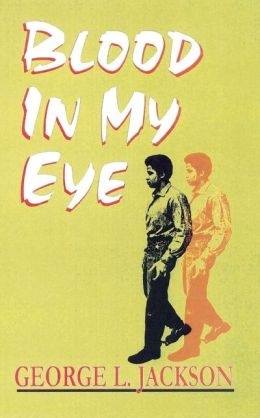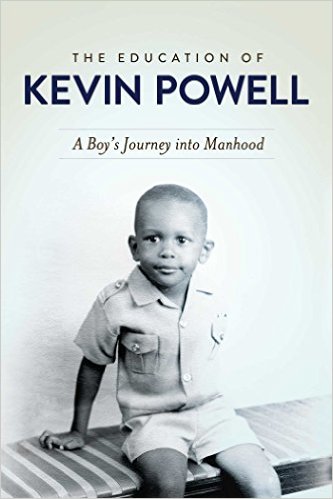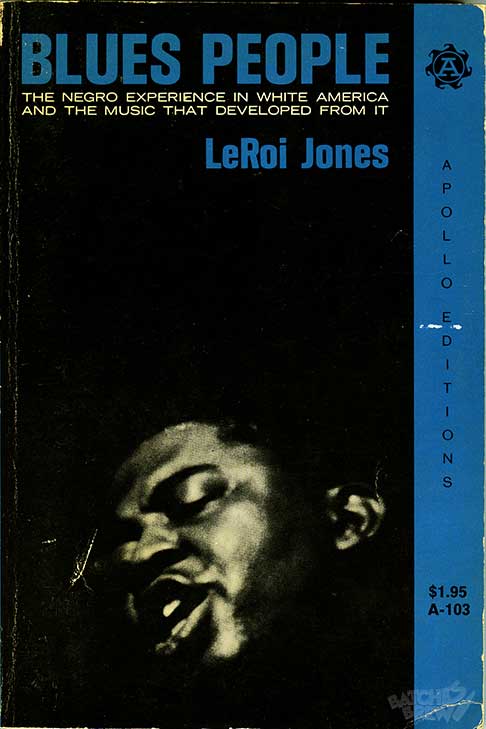Situation Report from a Culture of Reading: Part 2

To the slave, revolution is an imperative, a love-inspired, conscious act of desperation. It’s aggressive. It isn’t “cool” or cautious. It’s bold, audacious, violent, an expression of icy, disdainful hatred! It can hardly be any other way without raising a fundamental contradiction.
George Jackson, Blood in My Eye (1972)
Serendipity allows you to happen upon humorous insights. Ralph Ellison was one of the most elegant prose writers of the twentieth-century. You find aesthetic pleasure in his writing as well as less than obvious evidence of self-contradiction. From time to time, Ellison was out to brunch. In his essay “Stephen Crane and the Mainstream of American Fiction” (1960), Ellison justly praised Crane for looking “steadily at the wholeness of American life” and for discovering “far-reaching symbolic equivalents for its unceasing state of civil war.”
55 years later, you find the symbolic equivalents have escaped from the page and refashioned themselves as dedicated efforts to target and murder Black American males (and a lesser number of females), particularly those who are young and unarmed. Patriotic yearnings demand this holocaust. Ellison nailed the metaphor of war. When Ellison reviewed Blues People by LeRoi Jones in 1964, he thought Jones erred in giving “little attention to the blues as lyric, as a form of poetry.” Moreover, Jones placed “the tremendous burden of sociology…upon this body of music” and that error was “enough to give even the blues the blues.” It may be the case that in this instance Jones was more intelligent than Ellison in bringing historical consciousness to bear upon music and ethos in America’s “state of civil war.” History not sociology. It may also be the case that multicultural writing that is worthy of notice in 2015 struggles in the bloody combat zones of Jones/Baraka as a prelude to rest and recuperation in Ellison’s palace of wisdom. “Writing” values “literature” by signifying on the battlefront. Like the young Frederick Douglass, Ellison was in a circle that prevented his hearing what he was seeing.
The explanatory narrative of Blues People illuminates certain grounds of existence that have informed and will continue to inform “writing” (nonfiction and fiction) that refuses to tell brazen lies about its parents and kinfolks. Much to his credit, LeRoi Jones/Amiri Baraka did not compromise with imitations of life. On the poetic side of the coin, you find such ruthlessness wonderfully crafted witnessing of lived experiences in the blues/jazz poetry of Sterling D. Plumpp, poetry that some blues musicians judge worthy to be transformed for their audiences [listen to Plumpp’s “911” as recorded by Willie Kent on the CD Too Hurt to Cry (Delmark DE 667)]. Flip the coin. On its fiction/nonfiction/autobiographical side appears The Education of Kevin Powell: A Boy’s Journey into Manhood, a memoir that merits pre-future applause and critique. The book will be available in November. I take the liberty of quoting some of the pre-publication material:
In the spirit of Maya Angelou’s I Know Why the Caged Bird Sings, Frank McCourt’s Angela’s Ashes, and Piri Thomas’s Down These Mean Streets, this powerful memoir by writer and activist Kevin Powell vividly recounts the horrific poverty of his youth, his struggles to overcome a legacy of anger, violence, and self-hatred, and his journey to be a man and a voice for others.

Driven by his single mother’s dreams for his survival and success, Powell became the first in his family to attend a university, where he became a student leader keenly aware of widespread social injustice. But the struggle to define himself and break out of poverty continued into adulthood, with traumatic periods of homelessness and despair. As a young star journalist with Vibe magazine, Powell interviewed luminaries such as Tupac Shakur, writing influential chronicles of the evolution of hip-hop from his eyewitness view. Now, with searing honesty, Powell examines his troubled relationships, his appearance on MTV’s first season of “The Real World,” his battles with alcohol and depression, his two campaigns for Congress, and the uplifting trip to Africa that renewed his sense of personal mission. Finally, Powell embarks on a search for the father he never really knew in a redemptive passage from abandonment to self-discovery.
A striking memoir by a child of post-Civil Rights America, The Education of Kevin Powell gives eloquent testimony to the power of the soul to heal.
~~~
“Poignant and powerful. This story of Black male life in our patriarchal culture, from boyhood to manhood, is raw and passionate. It offers a true and honest portrait of all that Black males endure to survive and, more importantly, to cope with trauma, and to heal and thrive. It should be read by everyone who claims to care about the fate of Black males in America.”
—bell hooks
In my culture of reading, Powell’s book will be juxtaposed with one that appeared 70 years ago, namely Richard Wright’s Black Boy (1945). To recycle words from bell hooks’s blurb, you can say Powell’s book and Wright’s classic autobiography “should be read by everyone who claims to care about the fate of Black males in America.” The pronoun “everyone” should include President Obama, all the Republican candidates for 2016, and most certainly Hillary Clinton. And Black Boy serves as the touchstone for measuring Powell’s achievement. Perhaps we shall be able to say of Powell what Wright said of George Lamming and In the Castle of My Skin (1953): to paraphrase and quote —“…as an artist,” Powell has “stubborn courage; and in him a new writer takes his place in the literary world.”

Powell, of course, already has a place in the literary world, but that place must be secured again and again by way of transnational commentary and vernacular conversation in the barbershop. I suspect The Education of Kevin Powell is about something more than the permanent “civil/civic war” in the urban spaces of the United States. I suspect the book will, if serendipity works, move us to ponder the dynamics of international wretchedness. Our narrative is global and not local, although our first order of action must be in our neighborhoods.
Attending to the global sprawl of our concerns is imperative because international cultural economies do impact what we produce and how we live and/or die. When we engage contemporary “writing” in fiction, we are obligated to say that street literature has a germinal, historic role in literary politics. Reading Street Lit: Representing the Urban Landscape, edited by Keenan Norris, clears away academic tear gas and reveals the challenging diversity of “writing” as it complements the heliocentric desires of “literature.”
All “writing” is not street literature, and the proof would be such novels as Keenan Norris’s Brother and the Dancer (2013), James E. Cherry’s Shadow of Light (2007), Olympia Vernon’s A Killing in This Town (2006) and Jabari Asim’s forthcoming Only the Strong: An American Novel (2015). To be sure, it can be argued, as Norris does, that the “literary” ancestors for street literature include Paul Laurence Dunbar, Raymond Chandler, Ann Petry, Chester Himes, and Dashiell Hammett. I would add Theodore Dreiser and James T. Farrell. Ultimately, whether we “improve” our mindscapes with literature or with writing depends on individual tastes and the suspect ideologies of literary commerce.
To circle back to the beginning like a novel by James Joyce, I believe that Blues People is as important as Ralph Ellison’s Invisible Man or William Melvin Kelley’s Dunsfords Travels Everywheres for grasping how we give meaning to our experiences of temporality, limitations, vices and virtues, and personal actions by constructing episodes.